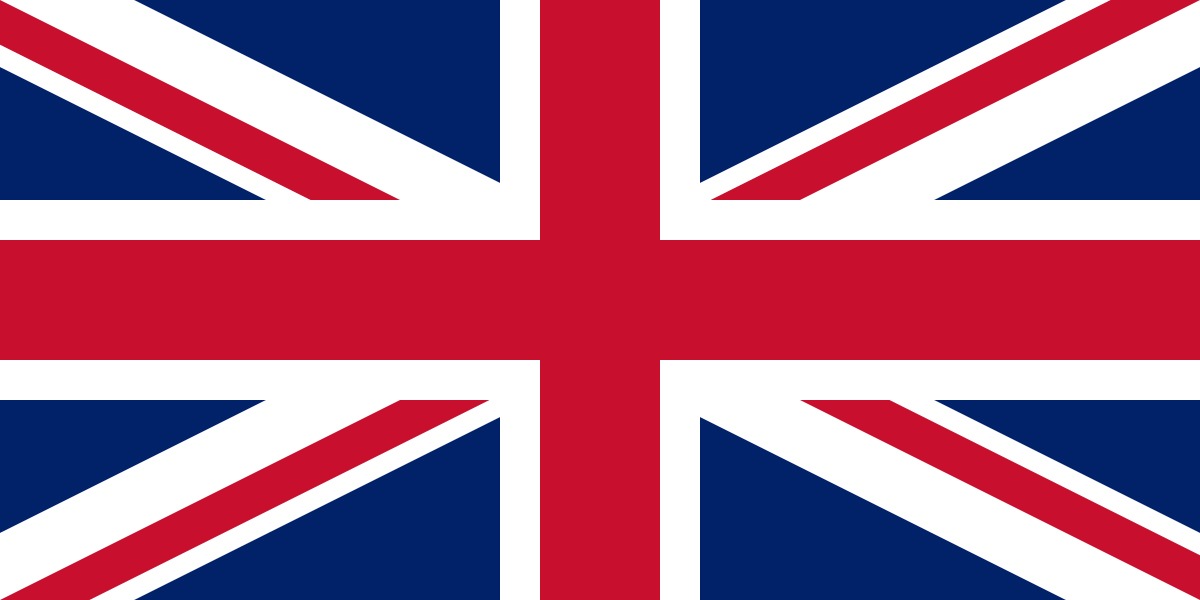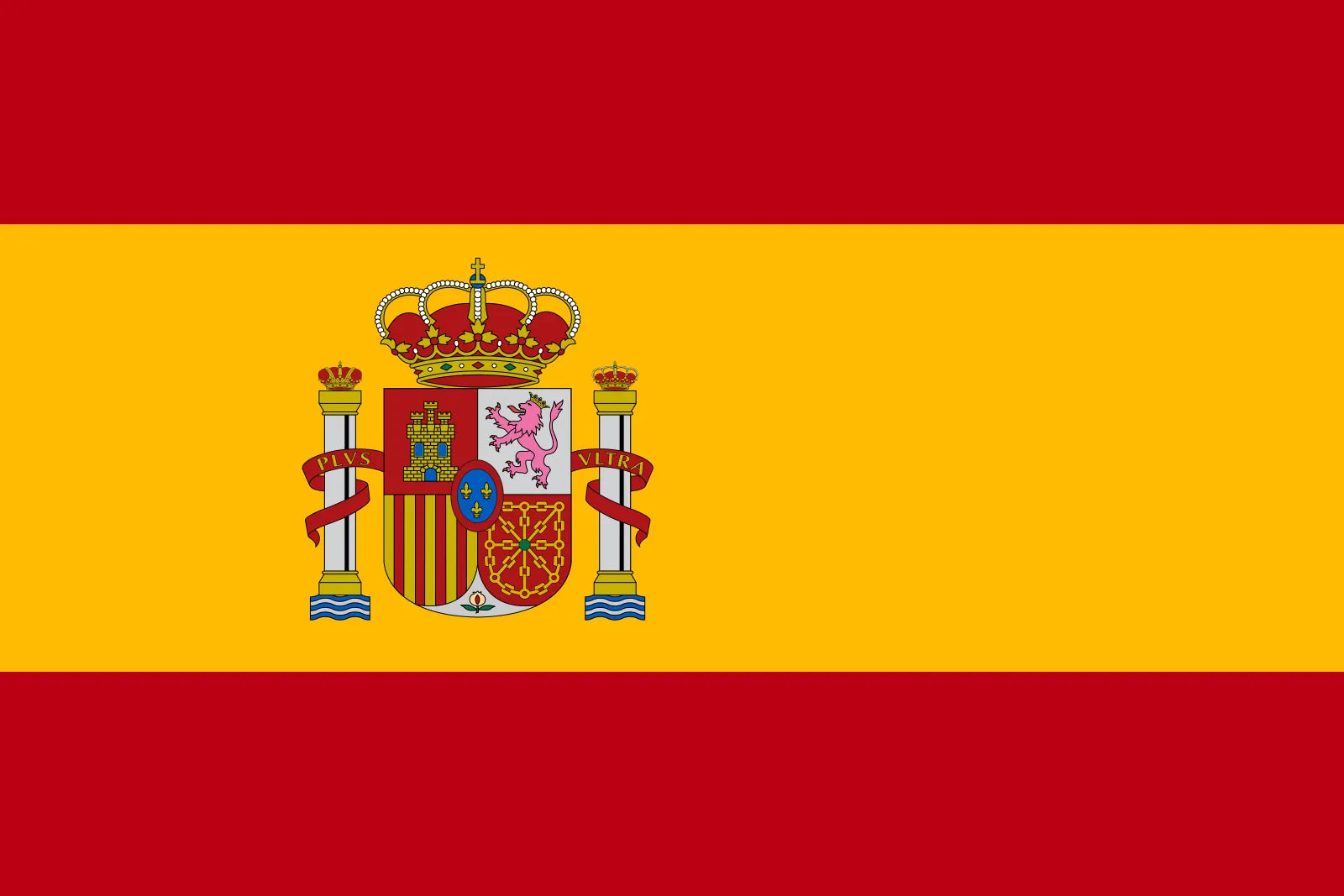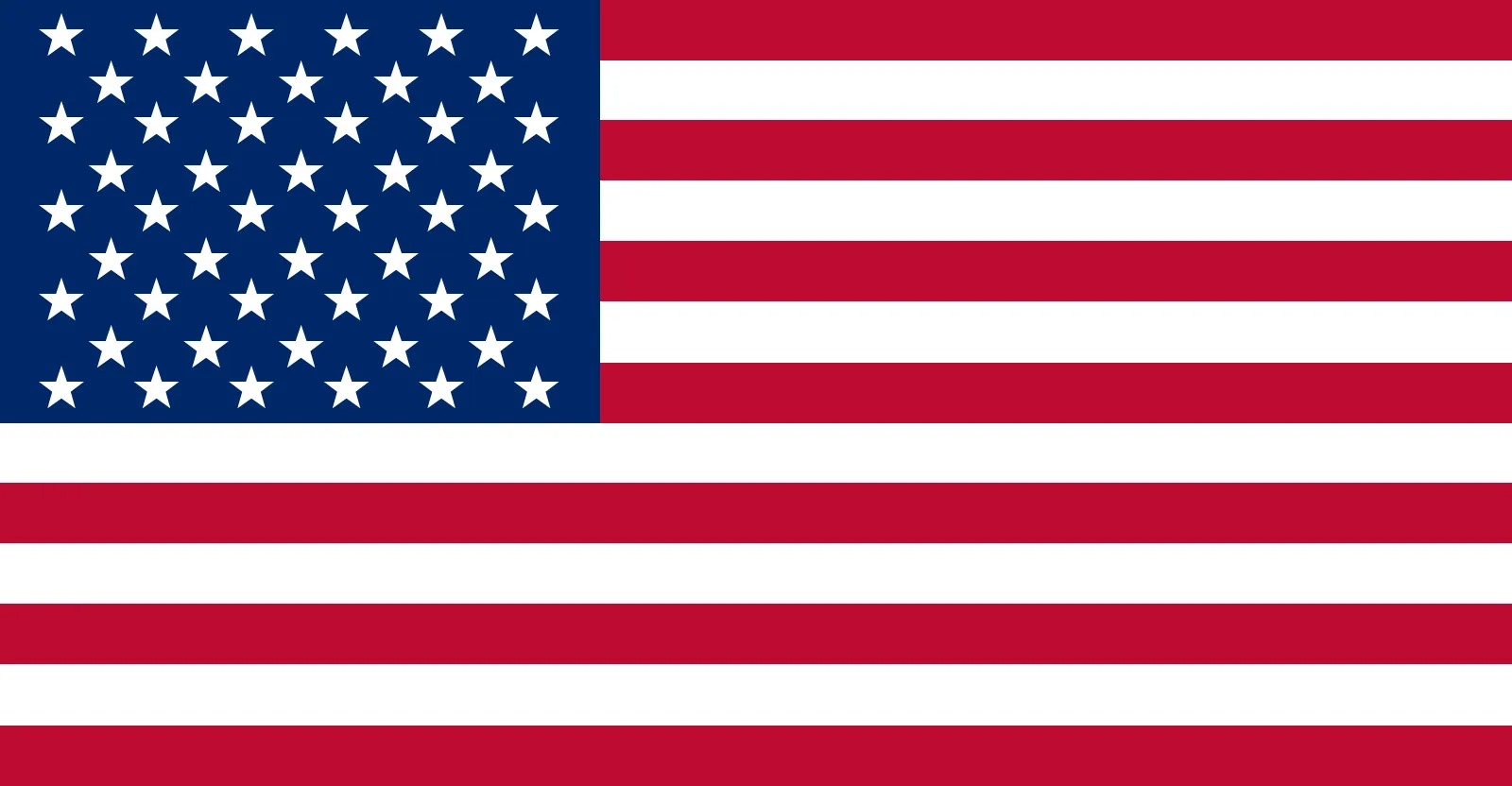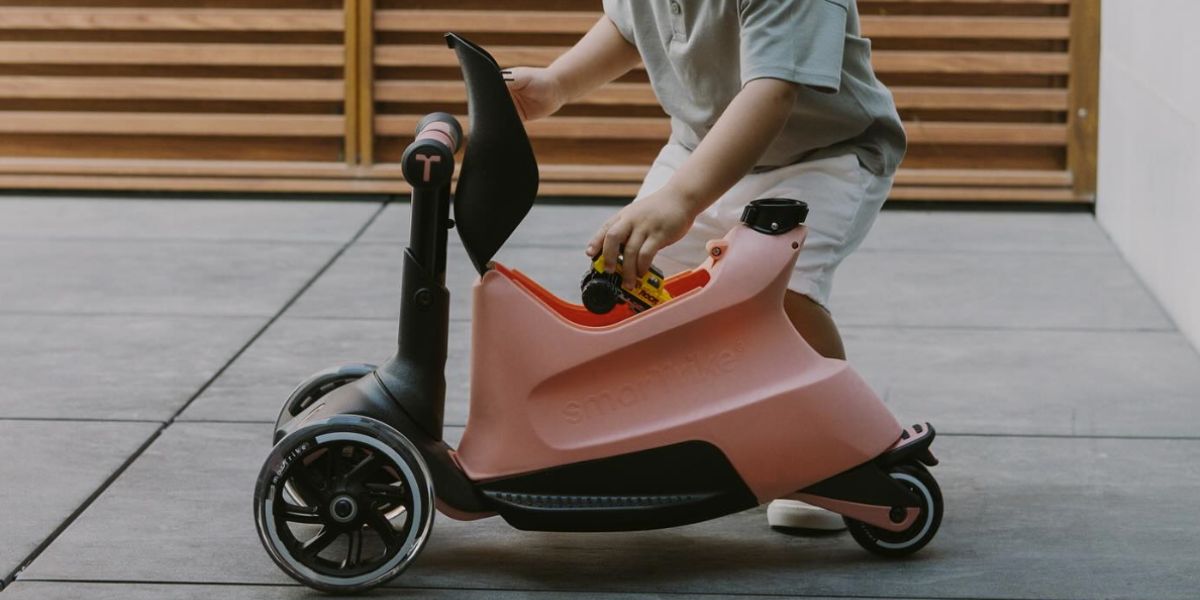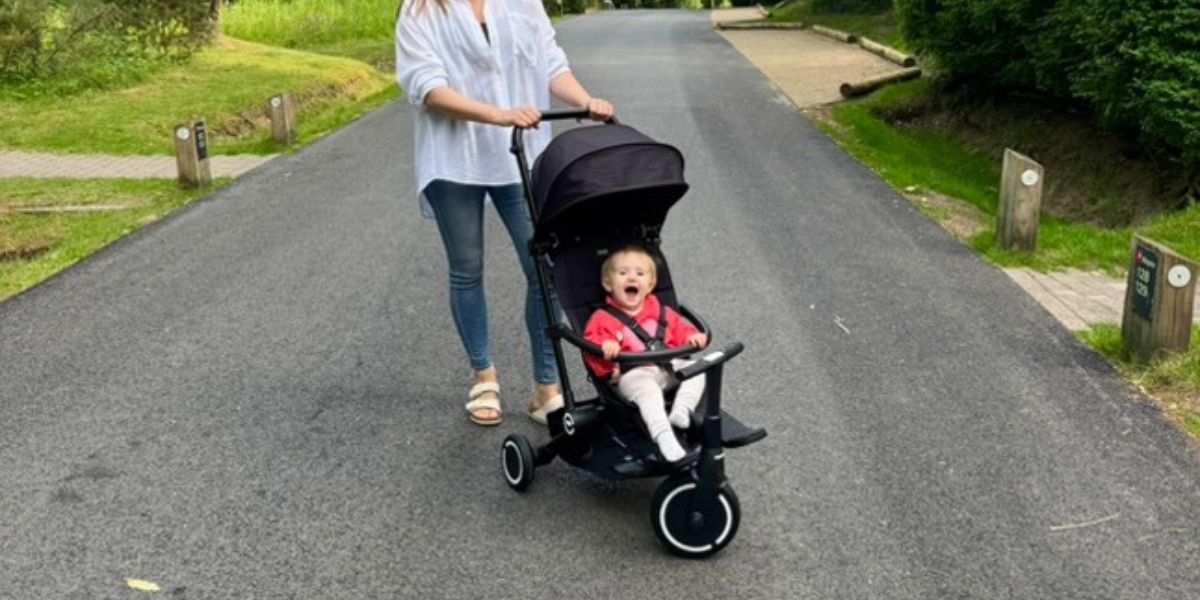As a parent, choosing the right equipment for your child's development is crucial. With so many options available, it can be overwhelming to decide which one is best for your little one.
One of the most debated topics is whether a stroller trike or a traditional stroller is better for child development. Both have their pros and cons, and it's essential to understand them before making a decision.
So, let's explore the pros, key differences between strollers and stroller trikes, and the benefits of both for child development to help you decide which suits you and your child best.
Benefits of Strollers
In addition to being practical, strollers can also contribute significantly to your child's development. For instance, parent-facing strollers provide a golden chance for parents to engage their kids in conversation, pointing out various items and expanding their vocabulary. This interaction is crucial for young children still discovering the world. So strollers are not just handy for parents on the go; they're also a brilliant way to interact with your little one and aid their development.
Stroller trikes might offer a more interactive travel experience but don't discount the many advantages of a standard stroller. Double strollers are ideal for parents with more than one child, providing a safe way to transport all your kiddies. Plus, the extra storage is a godsend for shopping trips and errands. Strollers are also durable and built to withstand wear and tear, proving to be a sound investment for parents.
Stroller trikes can provide several benefits for children's physical and cognitive development. Here are some ways in which stroller trikes can help:
- Develop gross motor skills
- Improve balance, coordination, and strength
- Provide a cardiovascular workout
- Learn cause and effect
- Develop spatial awareness
- Provide sensory stimulation
Remember!
Extended use of strollers may limit your child's physical activity, so it's important to balance stroller use with outdoor play.
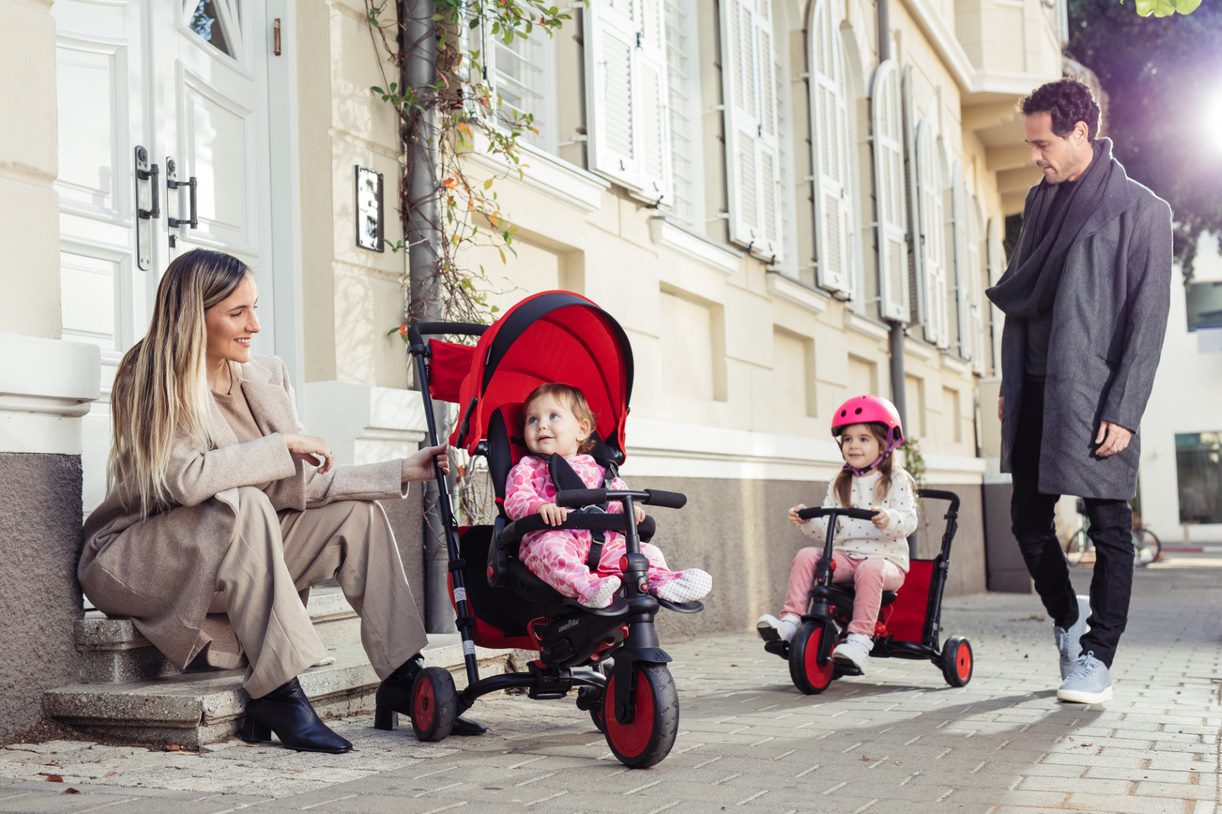
Benefits of Stroller Trikes
Strollers have long been a favourite accessory for parents travelling with small children. But have you thought about a stroller alternative that could offer an equally fun experience for your little one while also promoting more engagement and development? Enter the stroller trike!
Stroller trikes contribute to your child's development in several ways:
- Adapting to your child's needs: Stroller trikes can adjust to your child's requirements, with some models suitable for toddlers as young as three. This means you won't need to buy additional strollers or trikes as your child grows, making it a cost-effective option.
- Engaging your child: Unlike traditional strollers, which only allow your child to sit and observe, stroller trikes enable toddlers to steer and pedal, offering a more interactive experience. This promotes active play and aids in the development of gross motor skills and hand-eye coordination.
- Teaching pedalling and steering: Learning to pedal and steer a trike is a valuable skill that can prepare your child for bike riding later in life, enhancing their balance and spatial awareness.
Furthermore, stroller trikes are versatile, functioning both as a stroller and a trike. You can use them in parent-steering mode when shopping or walking in crowded areas, ensuring the experience is safer and more enjoyable for both you and your child. In contrast, strollers don't offer this adaptability, making stroller trikes a more practical alternative for busy parents.
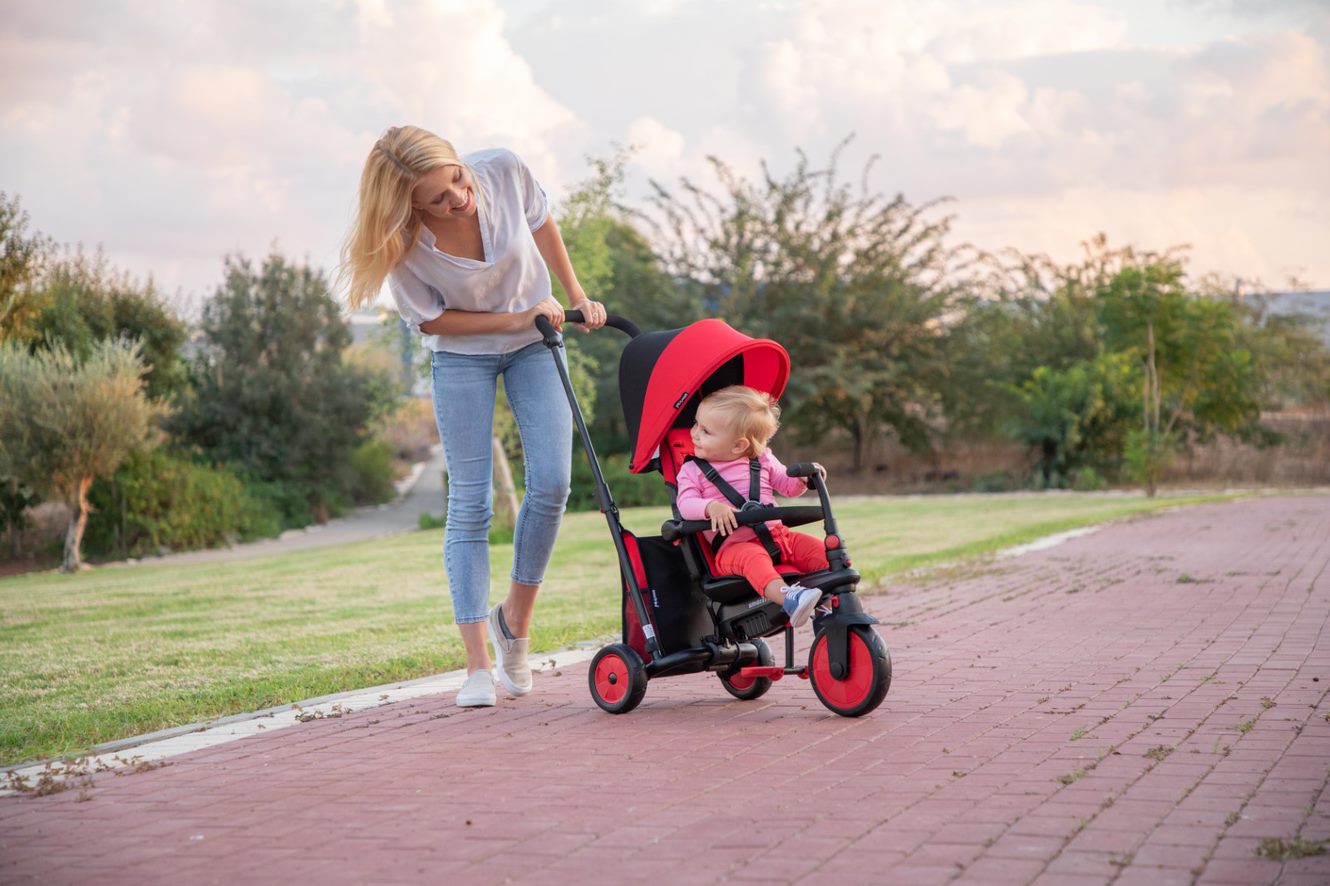
Stroller Trike vs Stroller
Overall, stroller trikes offer a unique combination of physical and cognitive benefits that traditional strollers may not provide. However, it's important to choose the equipment that is age-appropriate, safe, and fits your child's needs. Let's break down the differences between the two.
Design
A stroller trike is a hybrid between a stroller and a tricycle, while a stroller is designed solely for pushing a child. Stroller trikes typically have pedals and a handlebar for steering, while strollers have a handlebar for pushing.
Age Range
Strollers are typically designed for infants and toddlers up to 3-4 years old, while stroller trikes are designed for children aged 1-5 years old.
Physical Development
Stroller trikes can promote physical development by requiring children to pedal and steer, improving their balance, coordination, and strength. Strollers are mainly used for transportation and may not provide as much opportunity for physical activity.
Cognitive Development
Stroller trikes can also promote cognitive development by encouraging children to learn about cause and effect, spatial awareness, and providing sensory stimulation. Strollers do not typically provide these cognitive benefits.
Safety
Both stroller trikes and strollers should meet safety standards, but stroller trikes may have additional safety features such as seat belts and adjustable parent handles.
Make the Right Choice
Both strollers and stroller trikes offer unique benefits. However, if you're after a practical and fun option that will help your child develop, stroller trikes could be a fantastic choice. They're adaptable, and since they're effectively strollers with pedals, can serve as both a stroller and a trike, making them a practical and fun option for both children and parents.
Take the STR 7, for instance. It's a high-quality stroller trike that ensures a comfortable ride while facilitating your child's development. As your little one learns to pedal and steer, they gain independence and confidence, preparing them for future bike riding.
